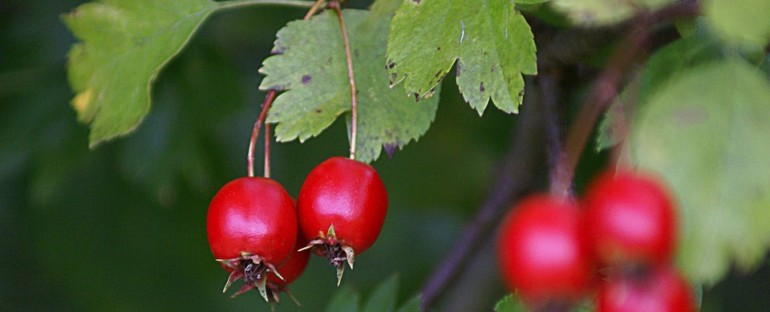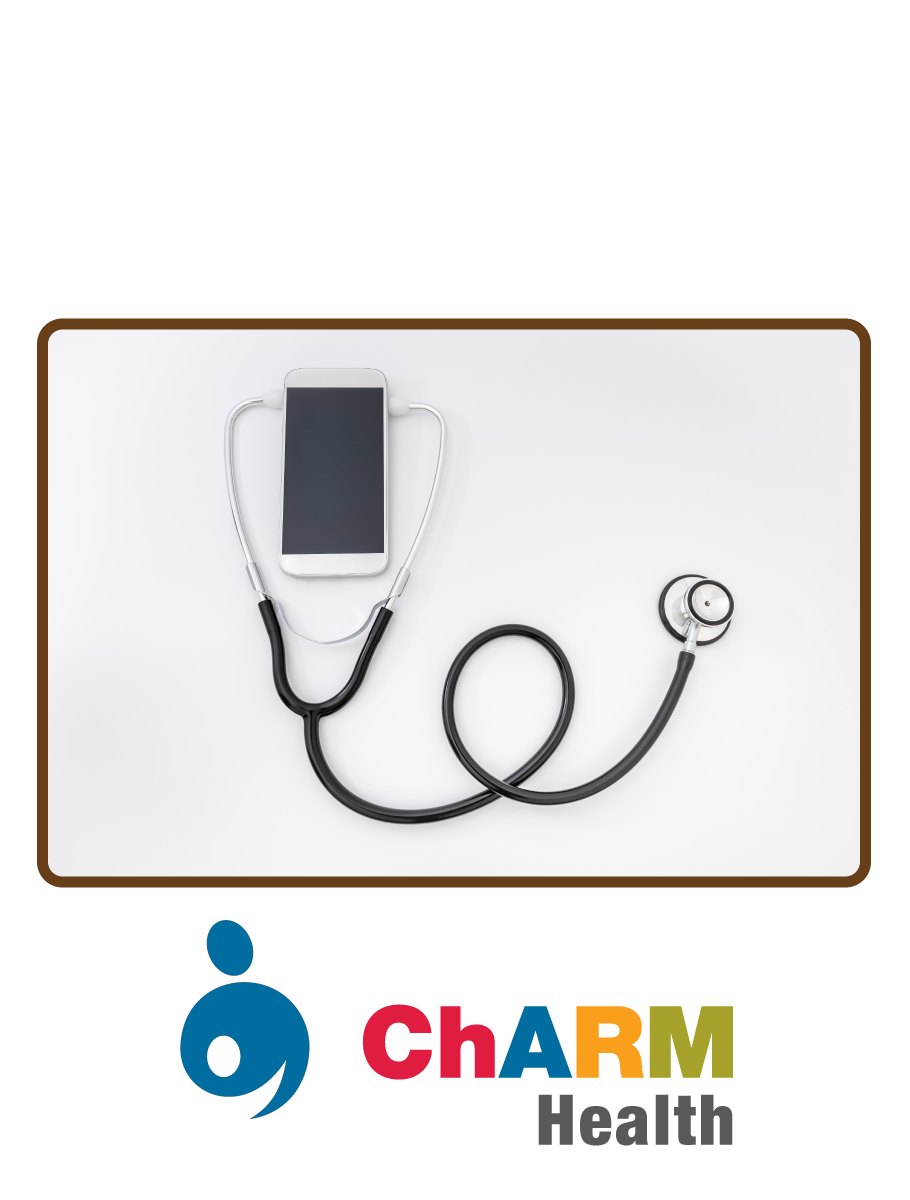Hawthorn, also known as Maybush, is a thorny shrub found on hillsides and in sunlit woodsey areas throughout the world. Over centuries, all parts of the plant have been used to prepare foods, beverages, and medicines. In folk medicine, Hawthorn was used for the treatment of diarrhea, insomnia, and asthma. In China, it has been used to treat digestive problems, high cholesterol, poor circulation, and shortness of breath. During the early 1800s, doctors in North America used Hawthorn to treat heart conditions, circulatory, and respiratory disorders.
Hawthorn has a rich supply of flavonoids (antioxidants that protect cells from damage) and anti-inflammatory properties, which are important to heart health. It plays a role in helping dilate blood vessels, improves blood flow to the heart, and lowers blood pressure. In Europe, Hawthorn is regarded as a safe and effective treatment for early-stage heart disease. It is used to promote the health of the circulatory system and to treat angina, high blood pressure, and congestive heart failure. In studies, patients with heart failure who took Hawthorn showed improvement in clinical symptoms and sense of well-being. It’s broncho-dialating actions make it a go-to herb for asthma and shortness of breath as well.
Hawthorne is a frequently used herb in our office in formulations that help our patients with cardiovascular concerns. Hawthorn is available in the following forms: tea, capsule, tincture, and standardized extract. Before taking Hawthorn, especially if you suspect or have a heart or lung condition, consult with your Naturopathic Doctor.
Resources
Hawthorn. Complementary and Alternative Medicine Guide. University of Maryland Medical Center Online. https://umm.edu/health/medical/altmed/herb/hawthorn
Johnson, Rebecca L. & Foster, Steven et al., National Geographic Guide to Medicinal Herbs: The World’s Most Effective Healing Plants. (National Geographic Society. (2010, 2014), 123-125.
Hawthorn Berry (Crateagus Oxycanthus): Health Benefits. http://www.herbwisdom.com/herb-hawthorn-berry.html
Mars, Bridgitte & Fiedler, Chrystle. Home Reference Guide to Holistic Health & Healing. (Beverly, MA: Fair Winds Press. 2015.), 189.
Dahmer, S., Scott, E. “Health Effects of Hawthorne,” Amer Family Phys. (Feb 15, 2010) 81:4, 465-468. Accessed: Dec. 09, 2015: http://www.aafp.org/afp/2010/0215/p465.html
Chang, W., Dao, J., and Shao, Z. “Hawthorn: Potential Roles in Cardiovascular Disease.” American Jnl. Chinese Medicine (January 2005) 33:01, pp. 1-10. DOI: 10.1142/S0192415X05002606. http://www.worldscientific.com/doi/abs/10.1142/S0192415X05002606?url_ver=Z39.88-2003&rfr_id=ori%3Arid%3Acrossref.org&rfr_dat=cr_pub%3Dpubmed&
ie Wang, Xingjiang Xiong, and Bo Feng, “Effect of Crataegus Usage in Cardiovascular Disease Prevention: An Evidence-Based Approach,” Evidence-Based Complementary and Alternative Medicine, vol. 2013, Article ID 149363, 16 pages, 2013. doi:10.1155/2013/149363.
http://www.hindawi.com/journals/ecam/2013/149363/
About the Author
Written by Dr. Mundeir
Dr. Jaspreet Mundeir, ND is a licensed Naturopathic Doctor practicing in the East Bay Area. She is the owner of East Bay Natural Medicine where she focuses on helping patients achieve their optimal health state using homeopathy, hydrotherapy, nutritional supplements, botanical medicine and bio-identical hormones.
Famous Posts
-
Immune Booster Injections
Are you looking for an effective way to boost your...
-
Wet Socks Treatment
You’d probably never guess that a pair of wet socks...
-
Dandelion Salad Recipe with Fresh Goat Cheese & Apples
Dandelion greens pack a nutritional punch. Serve them...
-
2015 Dirty Dozen
The Environmental Working Group has put out their latest...
-
B 12 & B Complex Injections
B Vitamins are involved in many metabolic reactions...
Categories
- Blog (116)
- Events (6)
- Newsletter (38)
Recent Posts
- 20Nov
Natural Ways to Prevent and Treat Colds & Flu
BlogWhen it comes to cold and flu season, prevention really...
- 15Mar
Shopper’s Guide to Pesticides in Produce – 2023
BlogThe Environmental Working Group does invaluable work...
- 06Aug











